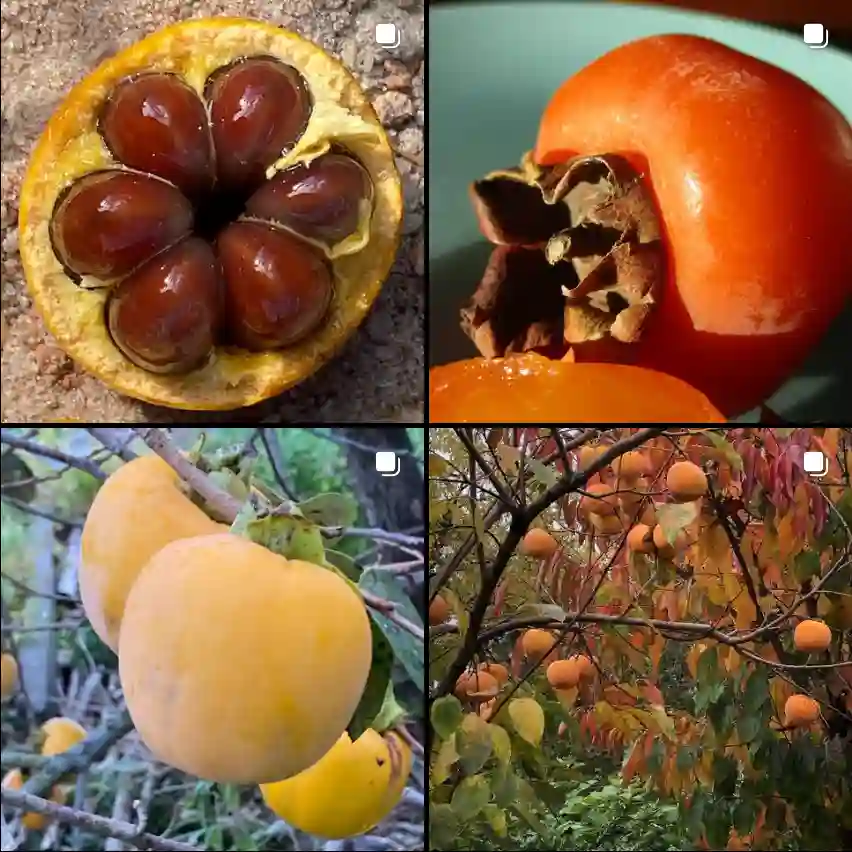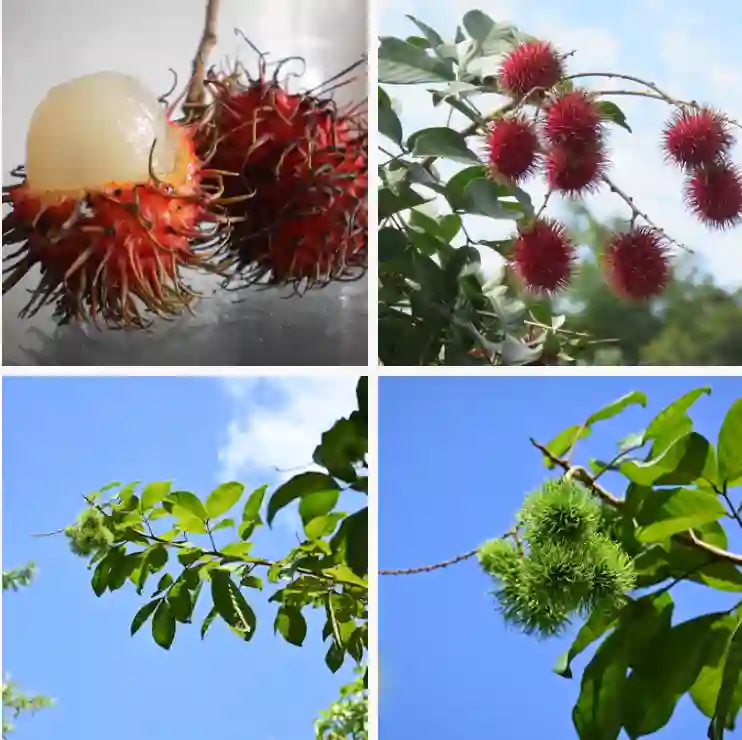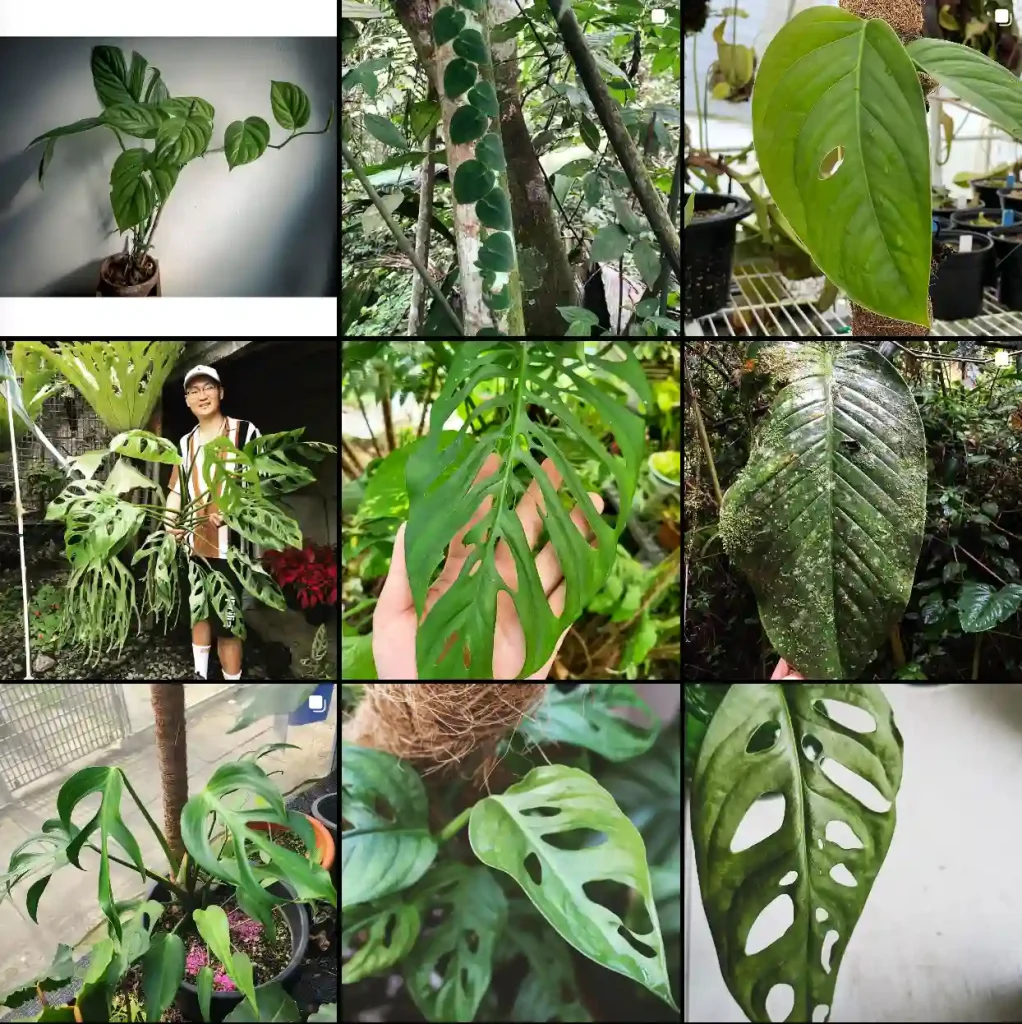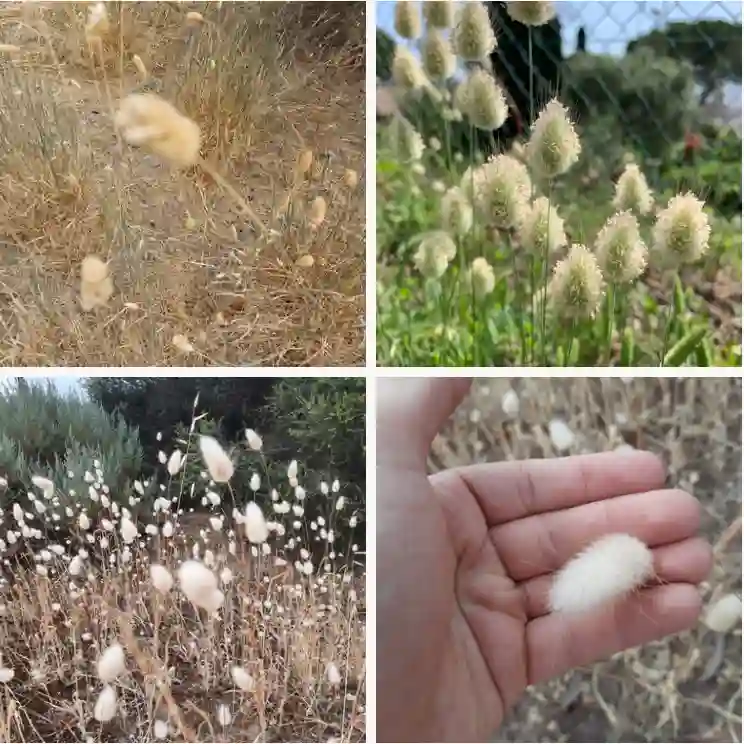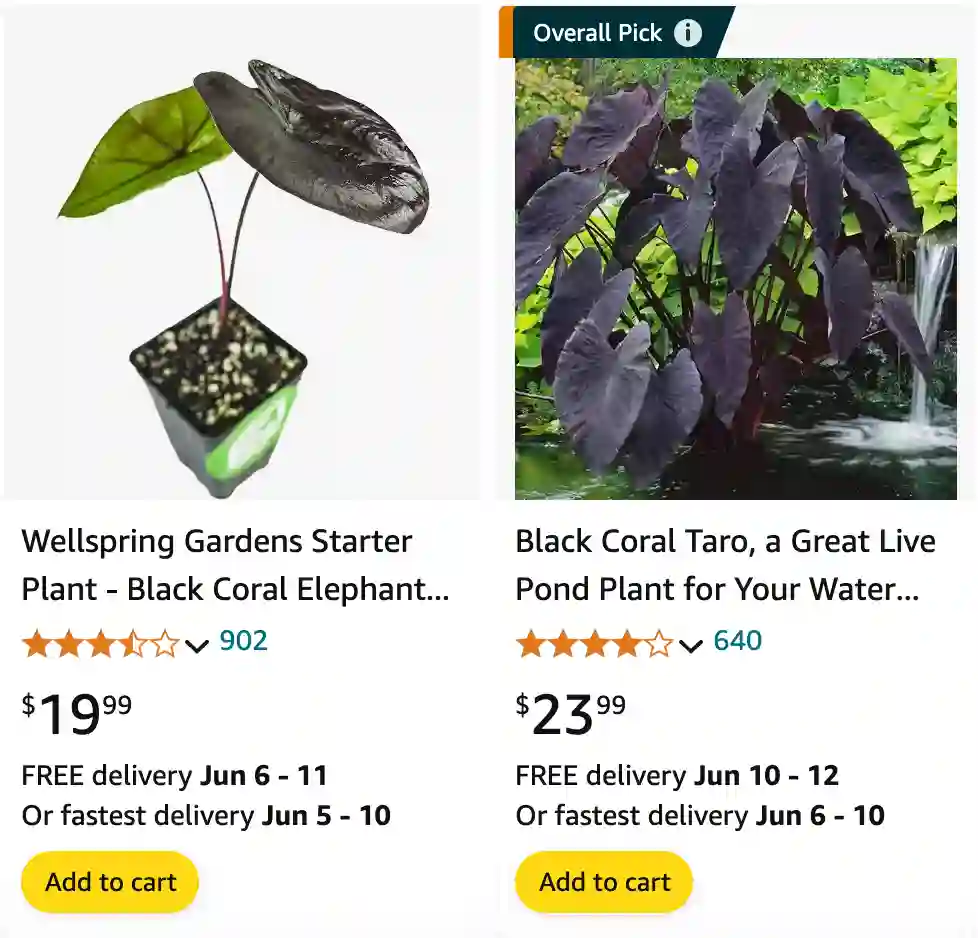
May 10 – Colocasia
"Colocasia, the elephant ear, defines May 10."
This plant represents boldness and generosity. You have a larger-than-life personality, always offering protection and support to others. Like Colocasia’s grand leaves, you make a statement wherever you go.
Colocasia: A Deep Dive into the Elephant Ear Plant
Hi, I’m Ferb Vu, and today I’m going to delve into the fascinating world of Colocasia, commonly known as the Elephant Ear plant. These tropical plants are renowned for their dramatic foliage, which brings a touch of the exotic to any garden or indoor space. As an enthusiast, I’m excited to share my knowledge and passion for these captivating plants.
The Allure of Colocasia
What draws me to Colocasia is the sheer diversity and beauty of their leaves. The name “Elephant Ear” is apt; the leaves are often enormous, with a distinctive heart or arrowhead shape. They come in a stunning array of colors, from deep greens and purples to vibrant yellows and even variegated patterns. The texture of the leaves adds another layer of interest, ranging from smooth and glossy to velvety and matte.
But Colocasia is more than just a pretty face. These plants have a rich history and cultural significance, particularly in Southeast Asia and the Pacific Islands, where they are cultivated for their edible corms, known as taro. In some cultures, Colocasia is also used in traditional medicine and religious ceremonies.
A Closer Look at the Genus
Colocasia belongs to the Araceae family, which includes other popular houseplants like Monstera and Philodendron. The genus is native to tropical and subtropical regions of Asia and the Pacific, but many species have been naturalized in other parts of the world.
One of the defining characteristics of Colocasia is its growth habit. These plants are herbaceous perennials, meaning they die back in winter and re-emerge in spring. They grow from underground corms, which store nutrients and allow the plant to survive periods of dormancy.
Species in Colocasia
The genus Colocasia comprises around 14 species, each with its own unique characteristics. Some of the most notable species include:
- Colocasia adiana Nangkar, A.P.Das & Tag
- Colocasia affinis Schott
- Colocasia boyceana Gogoi & Borah
- Colocasia dibangensis Gogoi & Borah
- Colocasia esculenta (L.) Schott
- Colocasia fallax Schott
- Colocasia fontanesii Schott
- Colocasia hassanii H.Ara
- Colocasia kachinensis S.S.Zhou & J.T.Yin
- Colocasia lihengiae C.L.Long & K.M.Liu
- Colocasia mannii Hook.f.
- Colocasia menglaensis J.T.Yin, H.Li & Z.F.Xu
- Colocasia oresbia A.Hay
- Colocasia spongifolia P.J.Matthews, V.D.Nguyen, Q.Fang & C.L.Long
Growing Colocasia
Colocasia plants are relatively easy to grow, provided they are given the right conditions. They thrive in warm, humid environments with plenty of moisture. In cooler climates, they can be grown as annuals or brought indoors during the winter months.
Here are some key tips for growing Colocasia:
- Soil: Colocasia prefers a rich, well-draining soil that is high in organic matter.
- Light: Most Colocasia species prefer partial shade, but some can tolerate full sun.
- Water: Colocasia needs consistent moisture, especially during the growing season.
- Fertilizer: Regular fertilization will help promote healthy growth and vibrant foliage.
- Pests and diseases: Colocasia is generally pest-free, but it can be susceptible to root rot if overwatered.
The Versatility of Colocasia
Colocasia is a versatile plant that can be used in a variety of ways. In the garden, it makes a bold statement as a specimen plant or can be used to create a tropical feel in borders and containers. Indoors, Colocasia can add a touch of drama to any room with its striking foliage.
Beyond its ornamental value, Colocasia also has culinary and medicinal uses. The corms of some species are edible and can be boiled, roasted, or fried. The leaves can also be used in cooking, although they must be cooked thoroughly to remove any toxins. In traditional medicine, Colocasia has been used to treat a variety of ailments, including skin infections, digestive problems, and respiratory issues.
Conclusion
Colocasia is a truly remarkable plant that offers a unique combination of beauty, versatility, and cultural significance. Whether you’re a seasoned gardener or a curious beginner, I encourage you to explore the world of Colocasia and discover the many wonders it has to offer.
If i die, water my plants!
